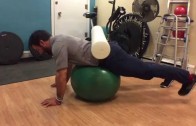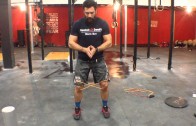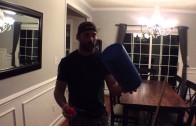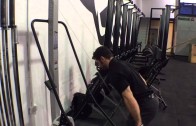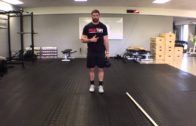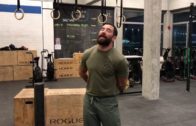Posterior Cuff Point| Ep. 17
The posterior cuff has long been a crossfit killer. I did a presentation to the NJ Sports board a while back and one of the questions was “what injury do you treat most that is crossfit related?” Knee jerk answer… the shoulder. Couldn’t say it fast enough… #1 by a land slide. Of course there are an uncountable amount of reasons why. Most stemming from the fact that the vast majority of crossfit athletes have never been overhead on a consistent basis in their life (no… 3 sets of 8 military press on shoulder day does not qualify you as an overhead athlete). But that is a topic for another day.
Today we are exploring a point extremely common in overhead athletes. Although the latissimus dorsi is not technically part of the posterior cuff we are going to include it for this demonstration because of it’s direct contact with other muscles of the cuff. Notice the first two highlighted muscles are the latissimus dorsi and the teres major. These muscles aid in internal rotation of the shoulder. As you can see they dive to the front of the arm where they attach. The next two muscles north are the teres minor and infraspinatus. They aid in external rotation of the shoulder. These four muscle apposes each others actions to keep the arm from torquing into internal or external rotation.
The important part: Under repetitive strain muscles tend to loose their gliding properties especially in areas where movement is happing in opposite directions. This culminates in adhesion formation and that little termite you feel.
Prescription:
2 mins in the genie ball ball smash
2 mins bent arm raise smash
Make sure to test and re-test that overhead position.
Pictured left to right: Latissimus dorsi, Teres major, Teres minor, Infraspinatus.




